How to Create a Design Board to Achieve Your Dream Home
Create the ultimate design board of your ideal space, step by step


Your home is a reflection of you一your personality, style, values, and ambitions. Moving into a new house or repurposing a room creates another opportunity to express yourself even more. From unique wall murals to eclectic decor, there are numerous ways to accentuate and personalize your space.
Before designing any area of your home, it’s ideal to have an idea of how the space will look first. This way, you can better estimate the home renovation costs, such as how much you’ll spend on furniture, decor, and installations.
If you’re unsure of how or where to start with a home project, design boards are helpful tools for organizing your ideas. In this guide, you’ll learn how to find inspiration and make a design board with our step-by-step process. We also provide design board templates to use for curating and sharing ideas, should you hire a local interior decorator.
What Is a Design Board?
A design board, also known as an “interior design mood board,” is a starting point in the creative design process. It helps you organize your mind and ideas and visualize how a space will feel. Your design board can be a mix of images, artwork, colors, furniture, textures, patterns, or anything that inspires you.
The goal of a design board is to create a visualization of ideas and keywords in one place to figure out what works and what doesn’t. Doing this can help you make informed decisions about the project to avoid costly mistakes later. The more discerning you are with your design board, the greater chance of success you’ll have of achieving your dream design.
Design boards also help you stay connected to your ideas throughout the entire process. From colors and fabrics to furniture styles and materials, a cohesive design board will help create a visual representation of your goals.
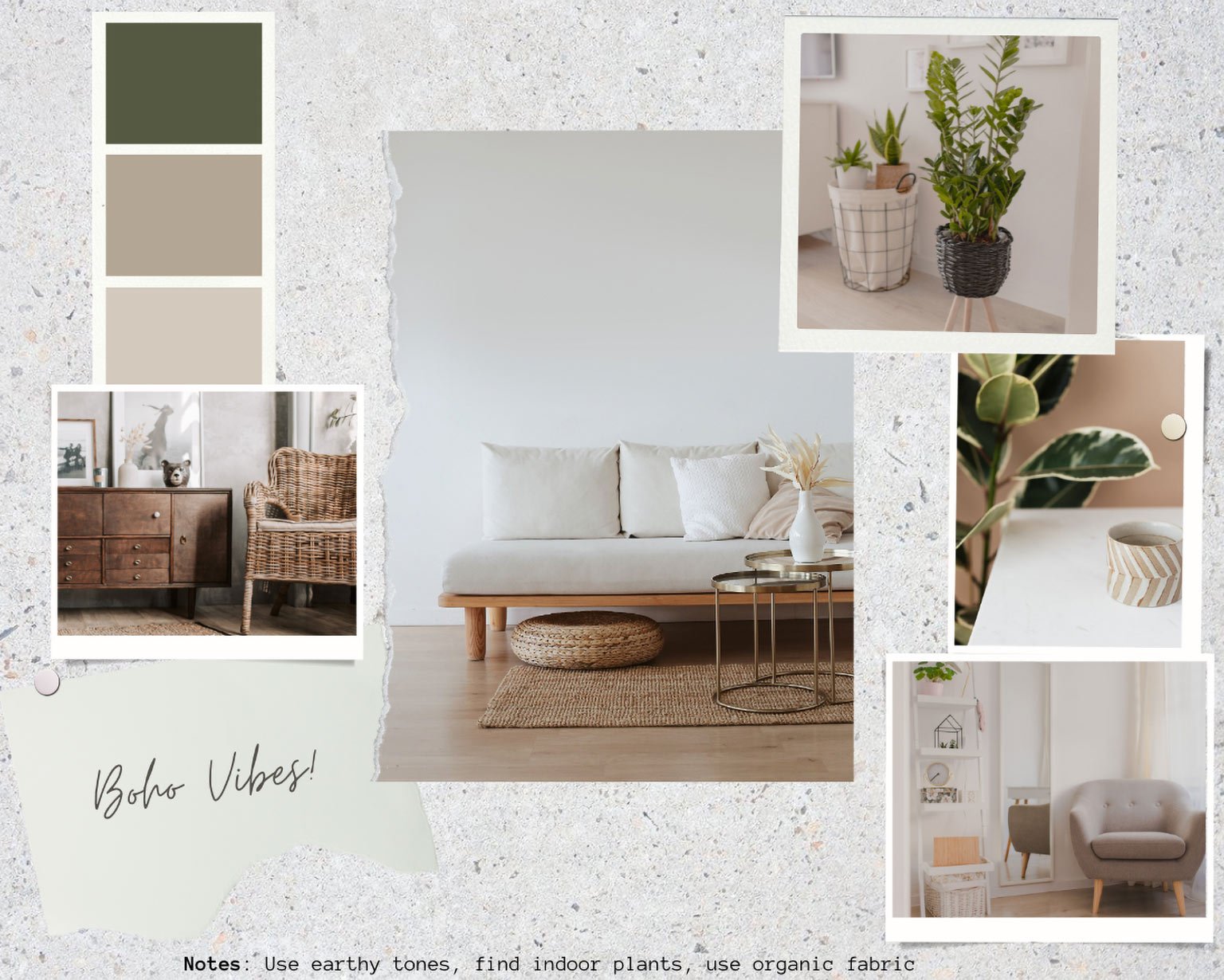
How to Make a Design Board: Step-by-Step Guide
There are several ways to make a design board and organize your thoughts and ideas in one place. The following steps will guide you in building your visual collage from start to finish.
1. Search for Inspiration
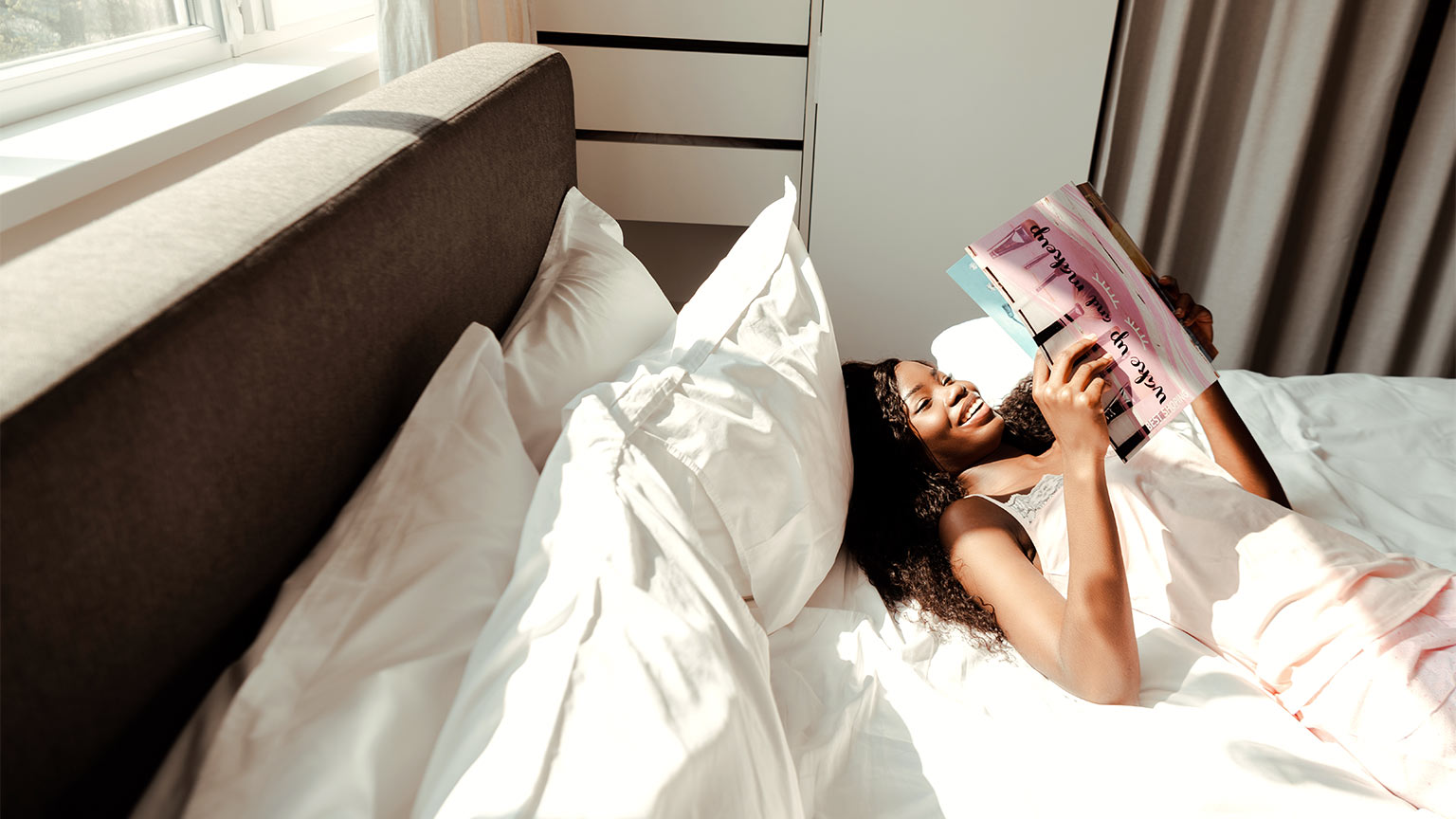
The first step in creating a design board is to seek inspiration. This can come from furniture, textures, nature, and any other elements that represent the mood and vibe you desire for your space. You can draw inspiration from anywhere and everywhere, including design shows, magazines, blogs, photo albums, and even furniture stores.
2. Choose a Focal Point
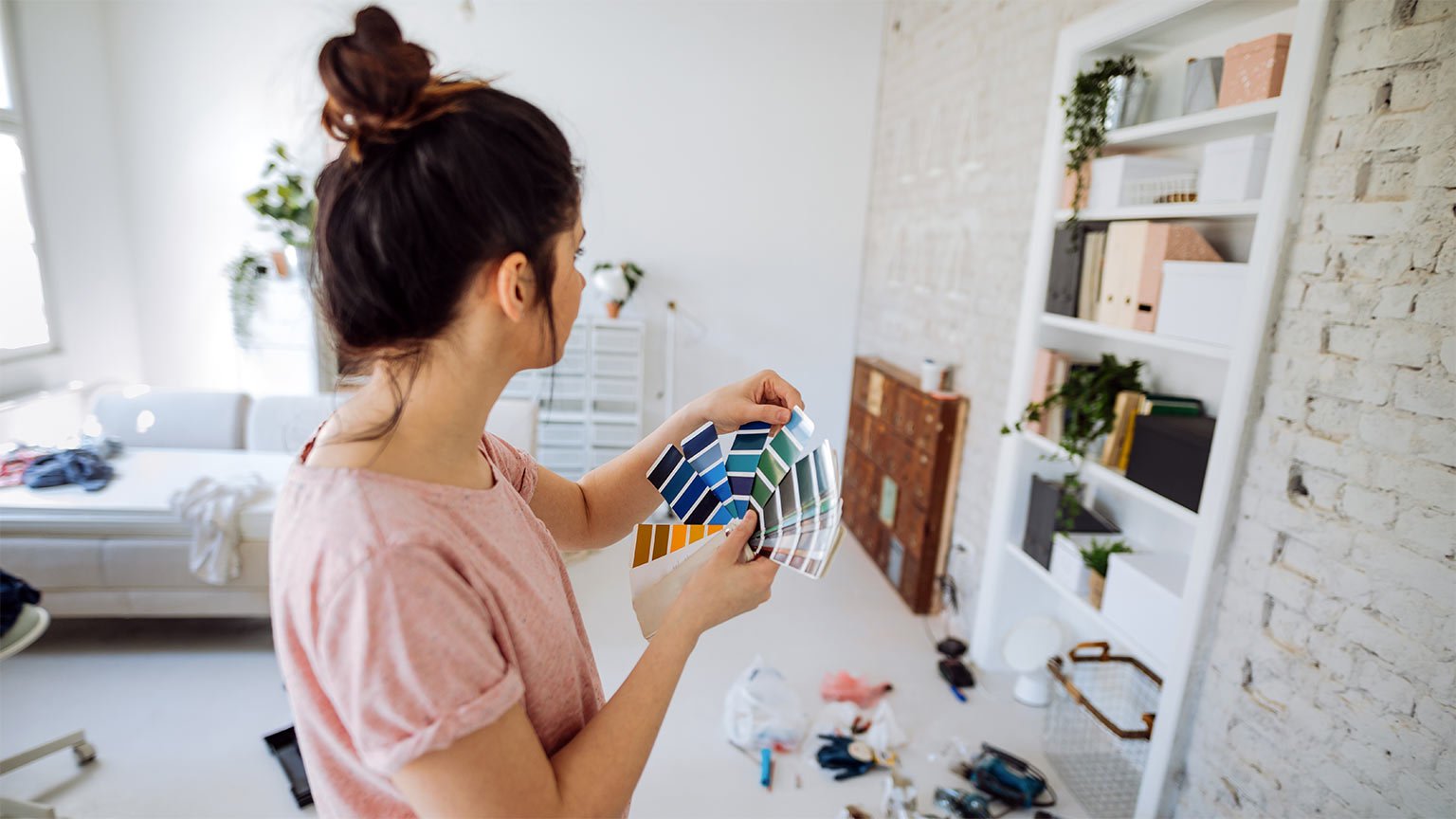
Next, determine what you’d like the focal point to be in your space—think of this as the statement piece of the room. Statement pieces are eye-catching items that draw attention in a room, such as a large piece of furniture, and they can help set the tone for your space. As the focal point, everything else you choose should coordinate with that specific element.
3. Determine the Overall Mood
Once you decide on a focal point, it becomes much easier to define the overall mood or style of your space. For example, if you’re designing an entryway and want it to be cheerful and welcoming, you may consider bright, clean colors such as yellow and white.
The mood you’re looking to achieve helps guide you when experimenting with color schemes and matching decor. Below is a helpful questionnaire to assist in your brainstorming.
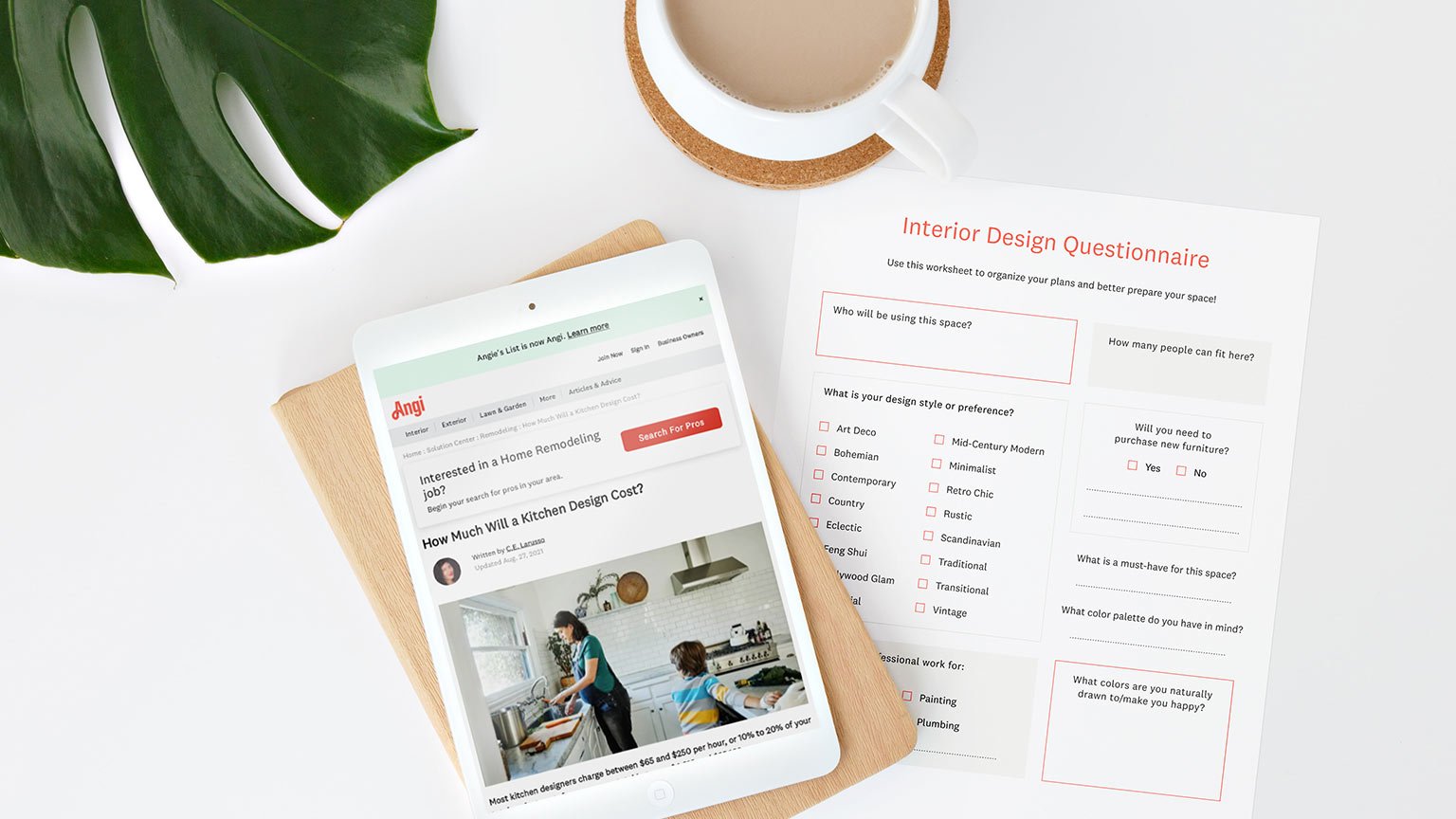
Download Interior Design Questionnaire Here
4. Source and Collect Photos
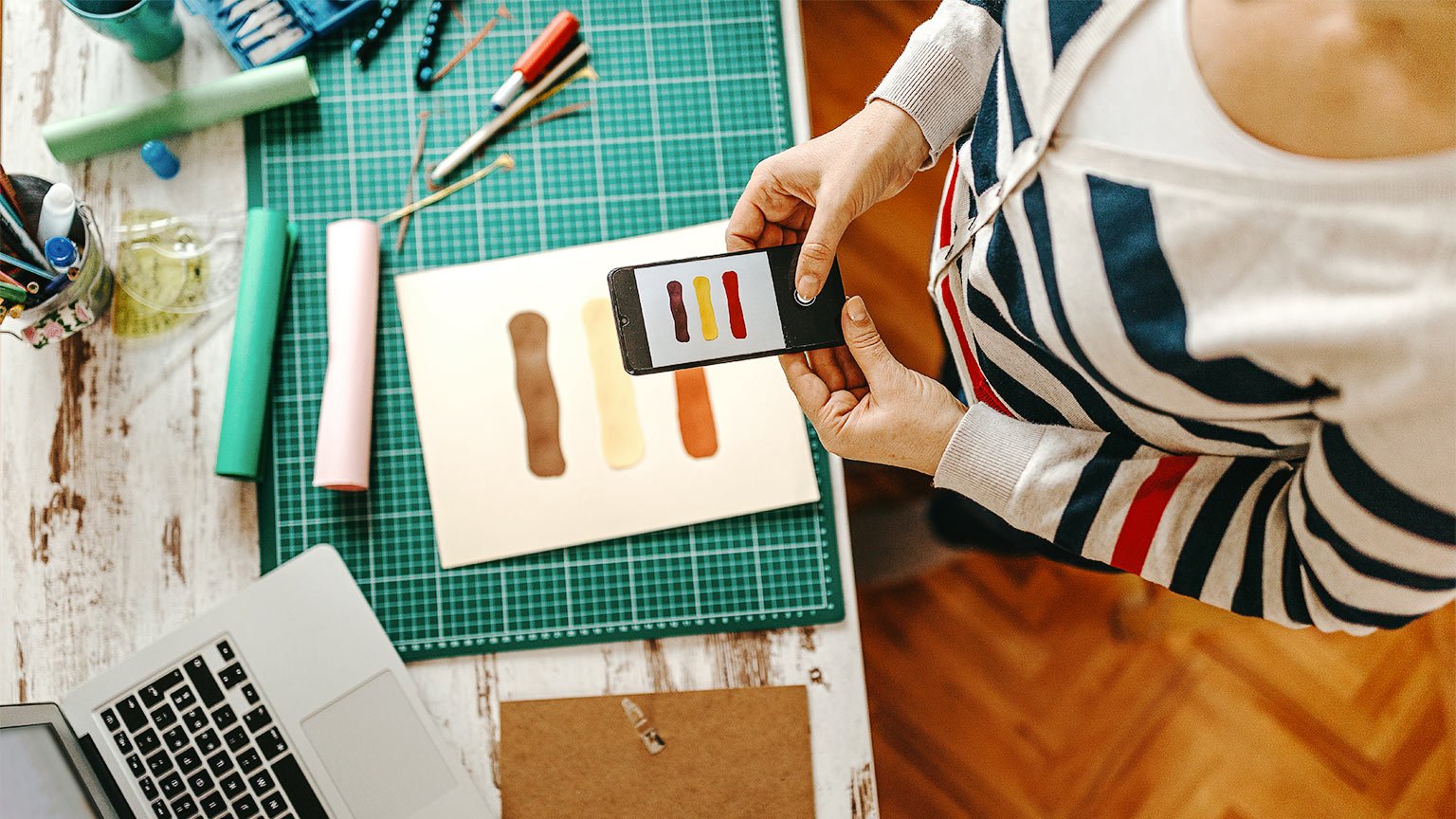
After you’ve decided on a mood and focal point, it’ll be easier to collect images and designs that align with them. Try to include all of the elements you’re planning for your space, including color palettes, accent furniture pieces, fabric and wallpaper samples, plants, and other accessories.
If you’re sourcing inspiration online, you can start with stock photo and manufacturer websites. Pinterest is a helpful tool for this step, as it allows you to “pin” and save the images you find online. If you’re collecting physical elements, you can use sticky notes, stickers, photos from magazines and books, paint swatches, and more.
5. Choose Your Canvas
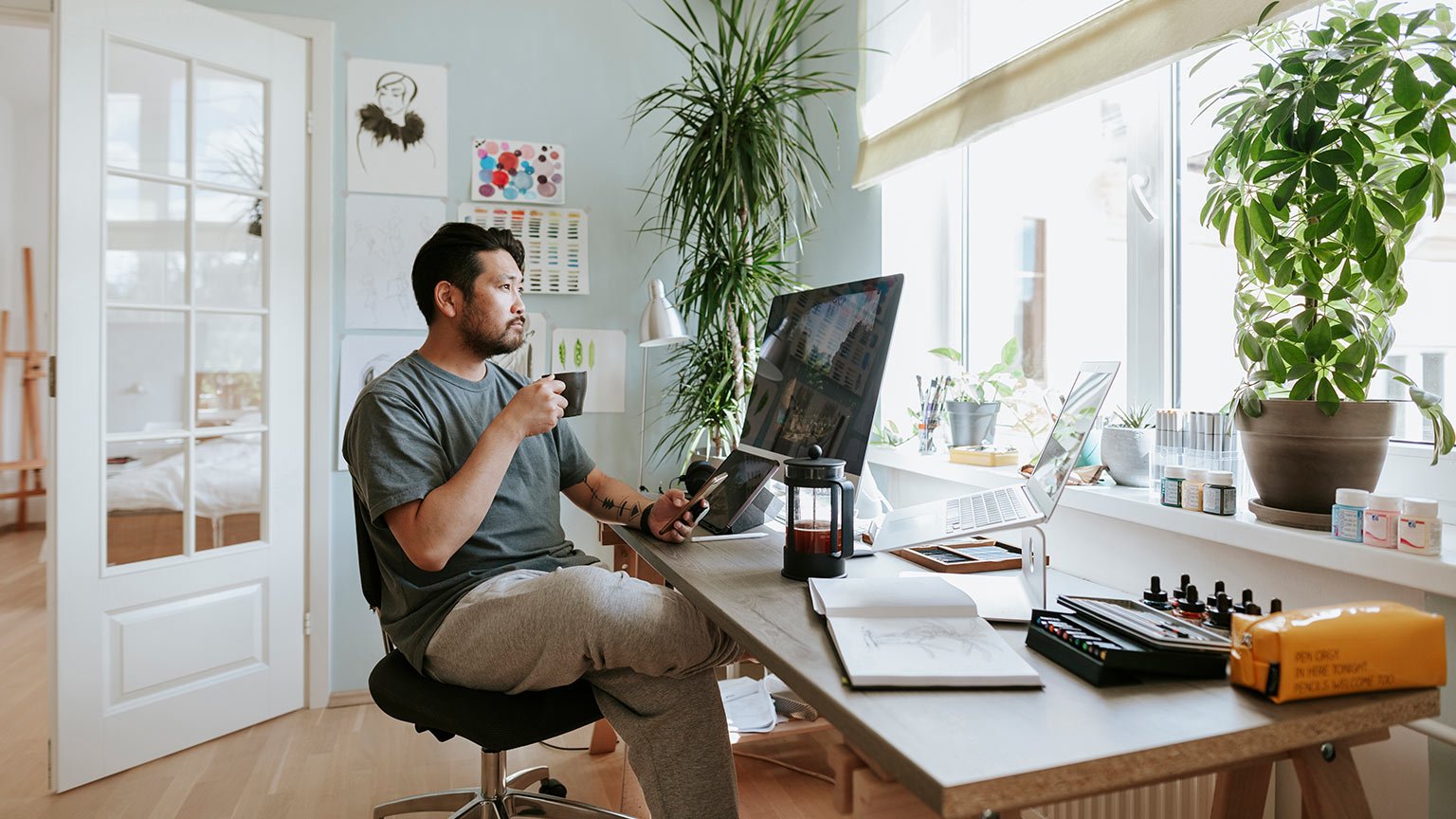
Now that you have a collection of ideas, it’s time to put everything together on a blank canvas. If you’re creating a physical design board, this can be as simple as a construction board or corkboard. Another option is to create your board digitally, which we’ll cover more later.
6. Organize and Coordinate
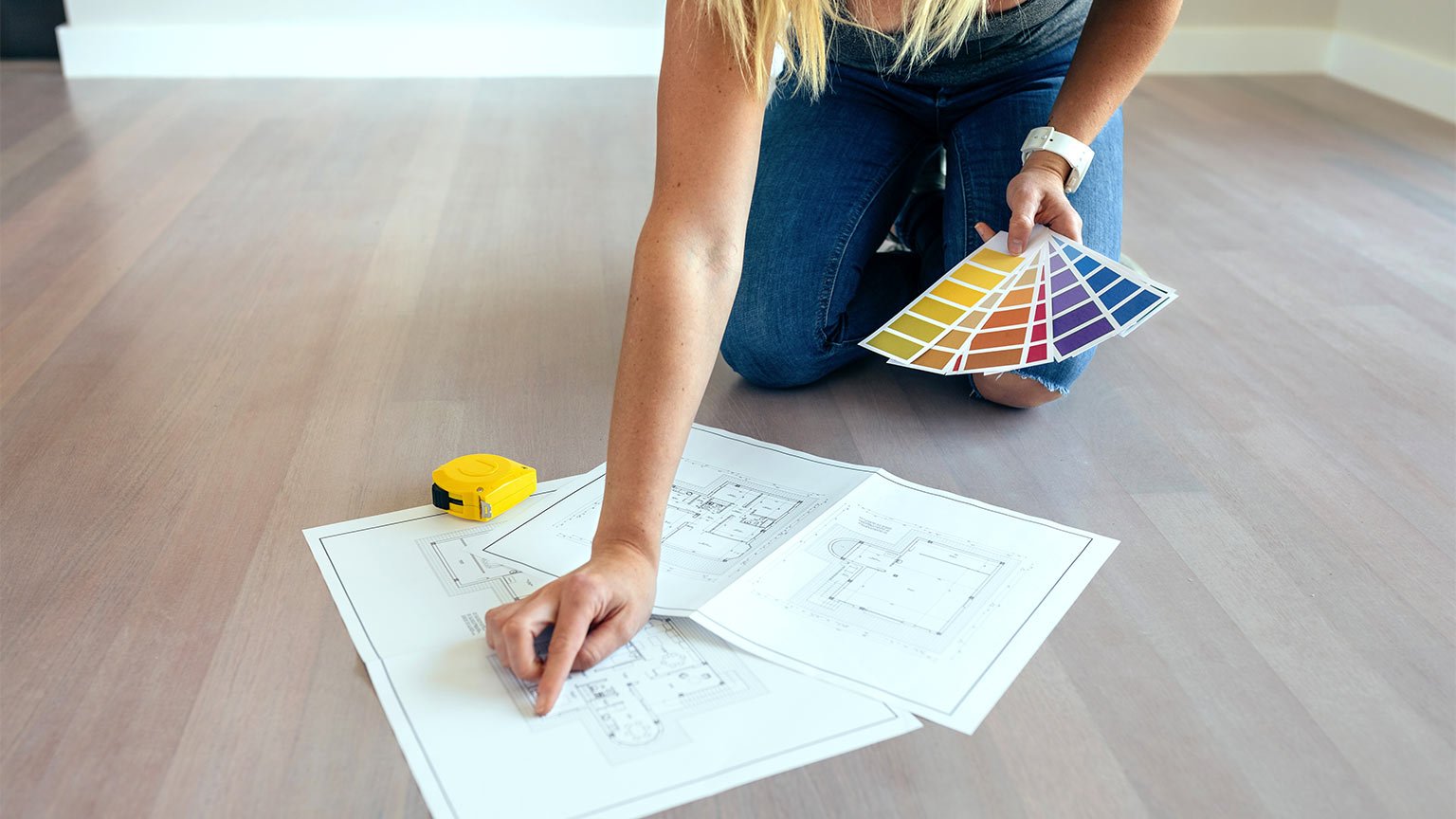
Mix and match the distribution of the images however you like, but avoid saturating the canvas with too many visuals. It’s best to leave blank space to avoid information overload. An easy and natural way to achieve this is by including words or images with white backgrounds.
Also, feel free to add notes and quick explanations on the board, such as the type of room and buzzwords that evoke the overall feeling of the space.
7. Display the Final Look
Once finished, you can keep the design board on your computer or print and hang the final piece on your wall. Whether you’re repurposing a sunroom or decorating a cozy reading nook, your design board should display those ideas clearly and cohesively. Get creative by adding quotes or keywords that speak to the overall mood of your space.
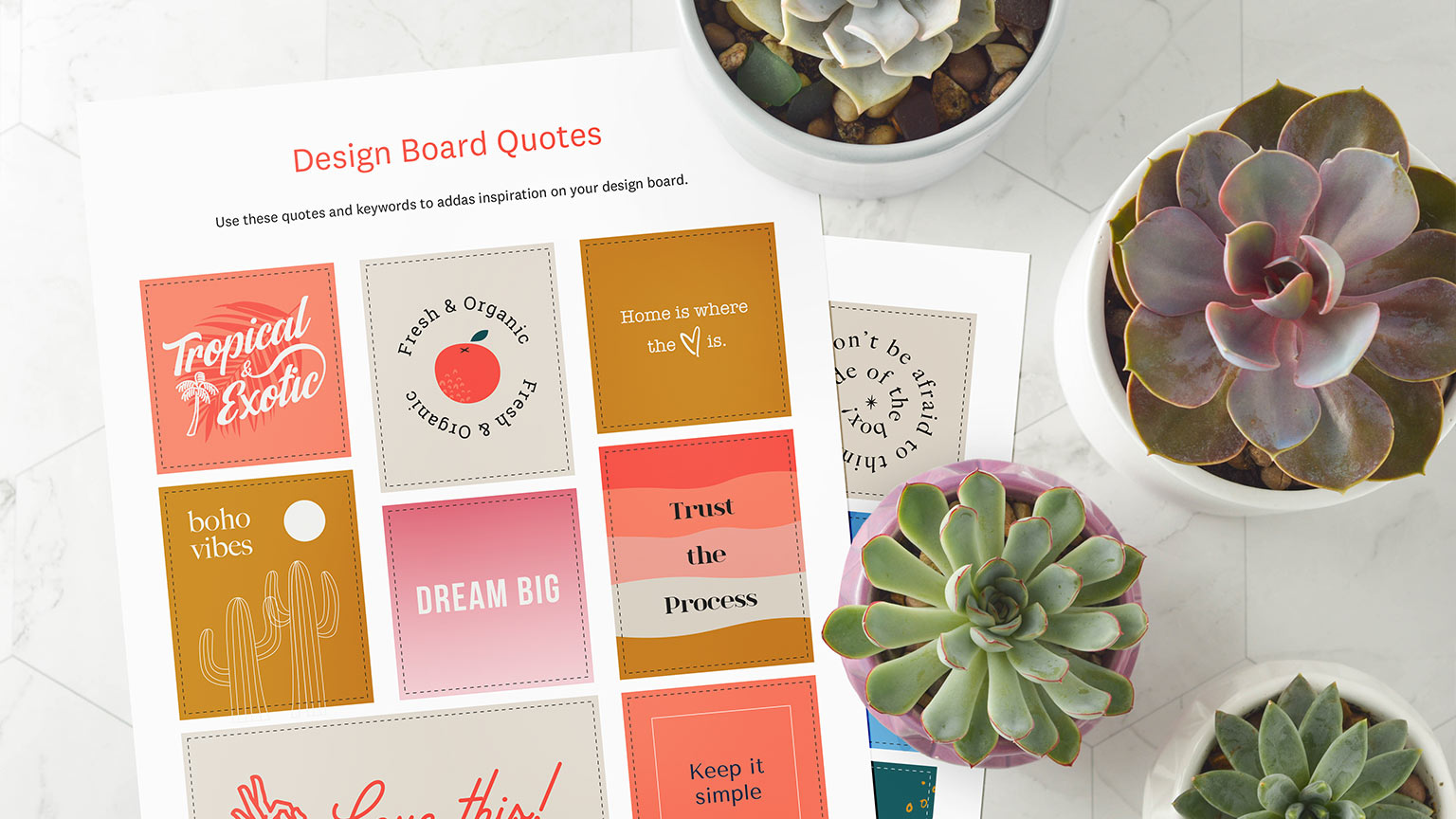
Download Design Board Quotes Here
Types of Design Boards
There are two ways you can create a design board: physically or digitally. Let’s explore the benefits of each method to help you choose which one feels most useful.
Physical Design Board
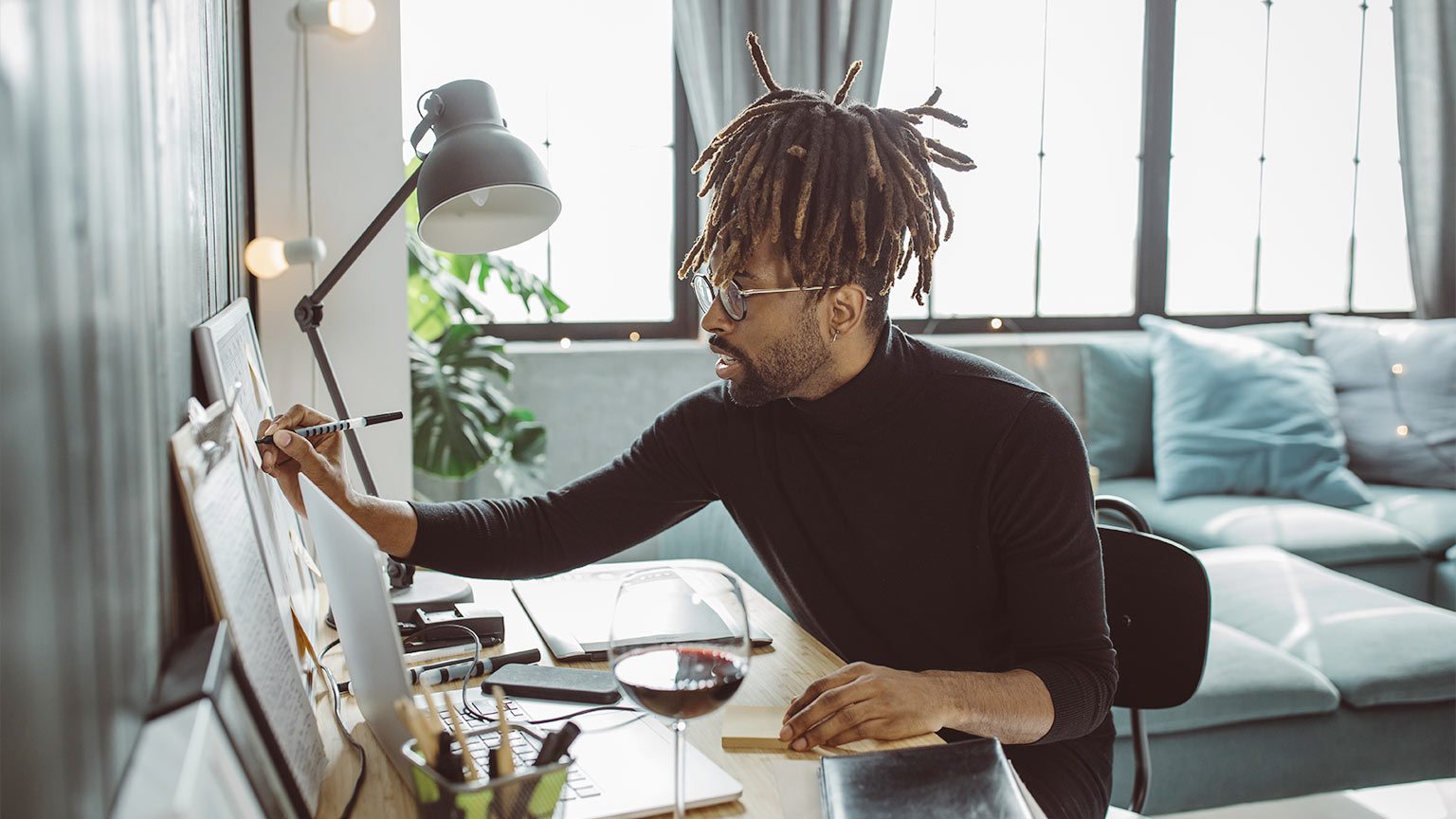
If you enjoy a good DIY project, you can start with a poster or corkboard to glue, tape, or pin the elements into a collage. This can also include any images you find online. Simply download, print, and organize them with the other elements. Get creative and make it your own!
Design Board Websites
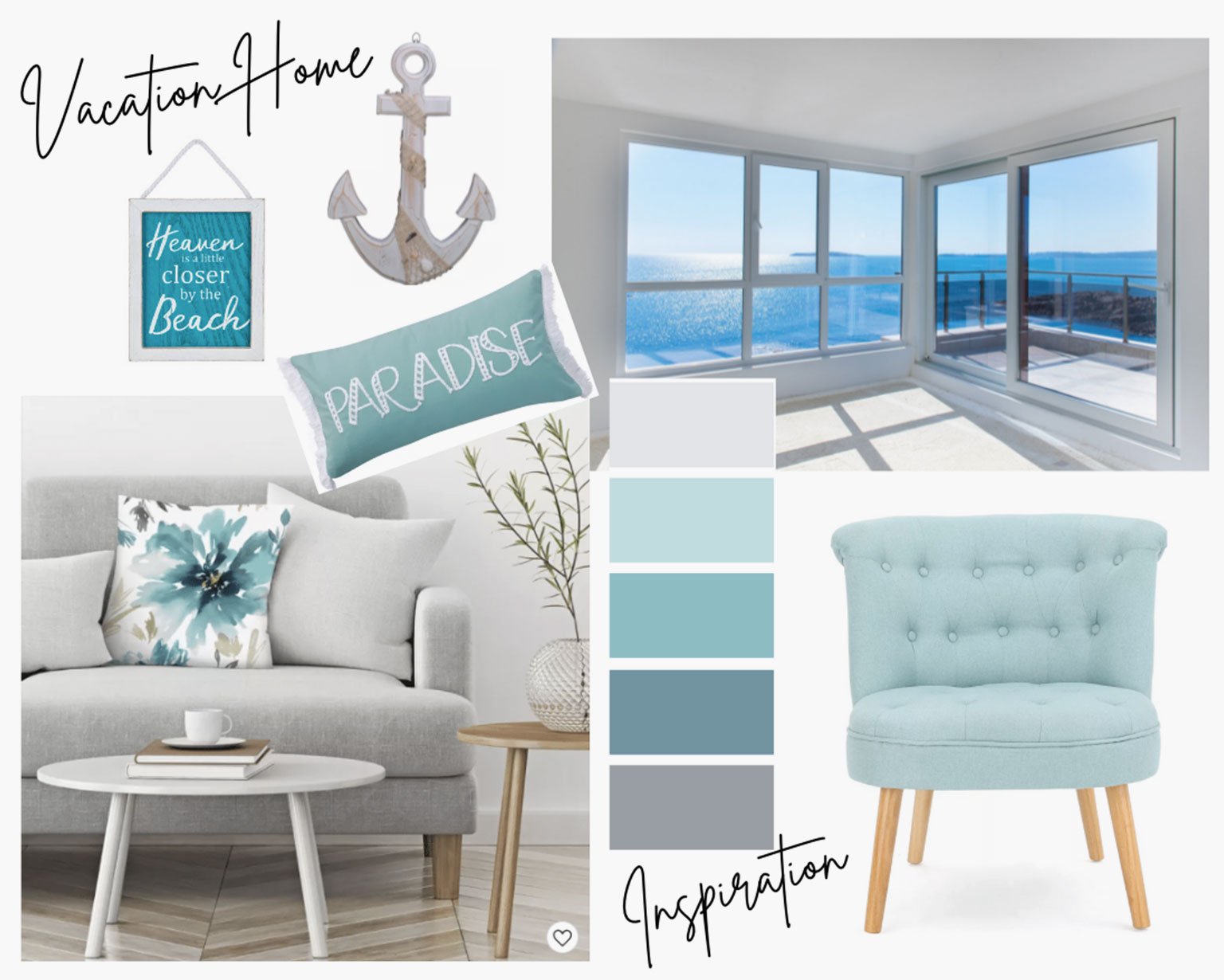
Some people find digital design boards to be more versatile than physical versions, since you can modify or evolve your ideas whenever you want. Most of them also include features that enable sharing on different social media platforms and apps that let you add ideas on the go.
People with graphic design skills may enjoy using websites such as Adobe Photoshop. These can be complex tools for some, so there are simpler online graphic design platforms like Canva, GoMoodBoard, and SampleBoard. These come with templates you can use and customize as you see fit.
Desktop Canvas Design Board
If you’re proficient in using online platforms, but prefer hands-on projects, desktop software can be the best of both worlds. Tools such as Google Jamboard and PowerPoint can serve as a blank canvas for you to upload all of your image files and store them on your desktop. These platforms work best if you already have a custom template you’d like to use, such as this one below:
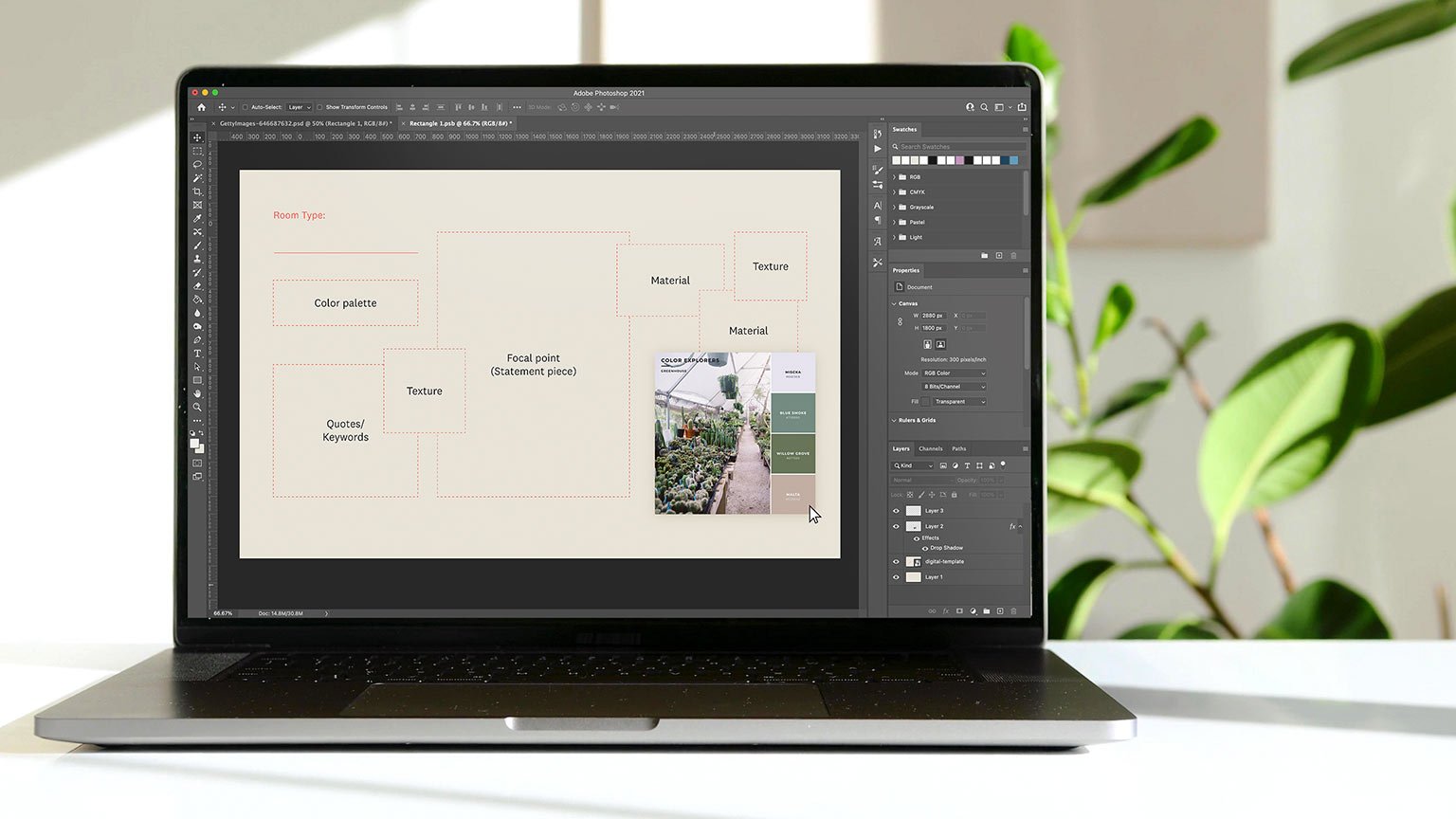
Download Design Board Template Here
After creating your design board, it’s time to put your ideas into action. Whether the next project phase is to declutter your space or reevaluate room proportions, you may need professional assistance. In this case, hiring an interior designer can help you with all of the logistics.




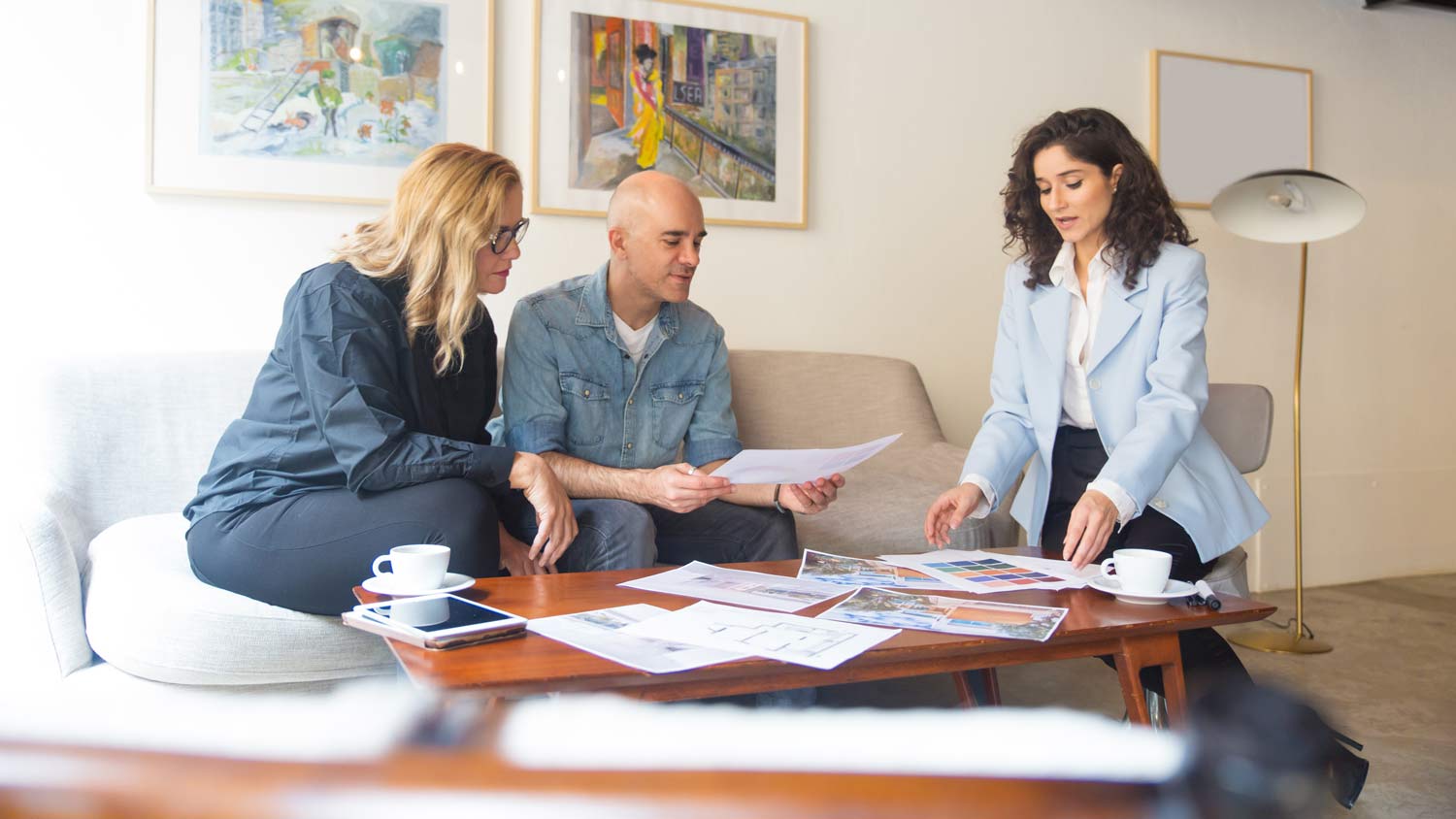
- How to Build a House: Your Complete Guide to the Home-Building Process
- What to Expect When Beginning the Interior Design Process
- What’s Your Home Decor Style? Find Out Which Popular Interior Design Is the Perfect Fit
- All of the Home Trends We Expect to See Everywhere in 2022
- 4 Helpful Tips for Designing Your Dream Home Addition
- How to Decorate a Living Room: 8 Tips to Get the Space You Want
- 11 Tips for Furnishing Your Patio to Make It Fresh, Fun, and Inviting
- Avoid These 7 Common Interior Design Mistakes
- 6 Tips to Prepare for a Successful Home Remodel
- 41 Backyard Landscaping Ideas for Next-Level Outdoor Living









